Why visit Costa Rica?
Costa Rica's strikingly diverse terrain—comprised of lush forests, wildlife reserves, and tropical beaches—offers a little something for every traveler. Beach-lovers staying along the Pacific Coast should head to Guanacaste and the Nicoya Peninsula’s palm-fringed coastline for sun and surf. Whether it's sun, adventure, or nature you seek, there's much to discover in this forest- and-beach laden paradise.
Costa Rica occupies a privileged spot in the heart of Central America. While its territory of 19’652 square miles touches both the Caribbean Sea and the Pacific Ocean, the country is surprisingly accessible (one can travel from coast to coast in just three hours by car or 45 minutes by plane). The Caribbean region of Costa Rica stands out for its variety of aquatic ecosystems and its beautiful white and black sand beaches, providing an ideal setting for activities such as sport fishing, snorkeling, and sunbathing. The Pacific coast concentrates big tourist centers and its beaches are very popular for surfing, for example Esterillos, Jaco, Hermosa, Boca Barranca. In the Golfito region, near the Marino Ballena National Park, surfing fans can find the famous "long lefthander wave."
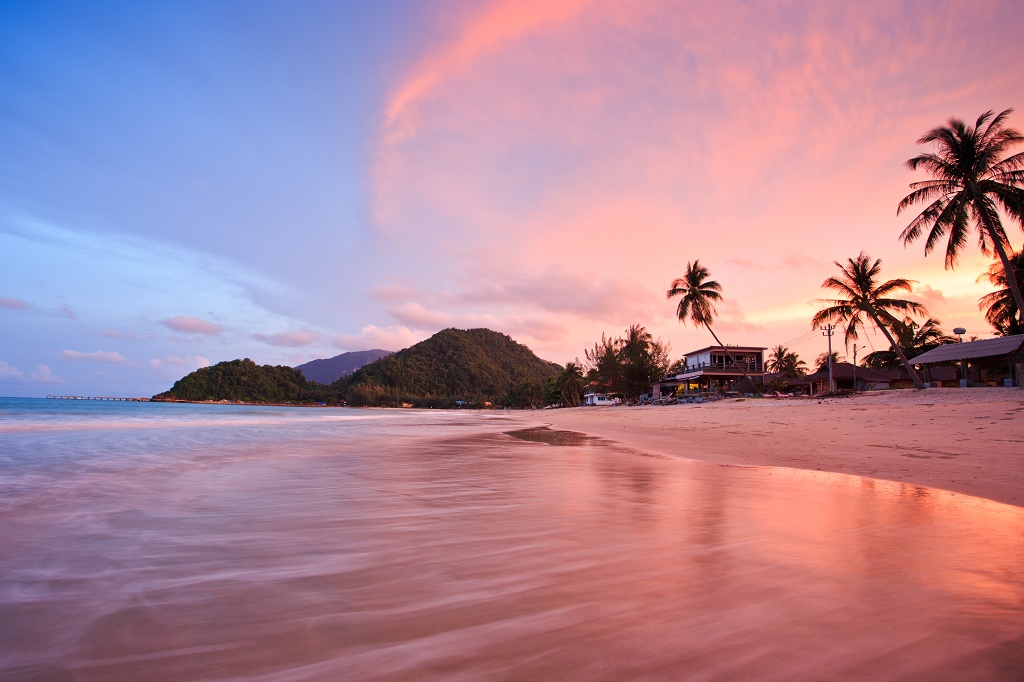
What does Costa Rica bring in mind?
Parque Nacional Volcán Arenal
Arenal was just another dormant volcano surrounded by fertile farmland from about AD 1500 until July 29th , 1968 when huge explosions triggered lava flows that destroyed three villages, killing about 80 people and 45,000 cattle. The area was evacuated and roads throughout the region were closed. Eventually, the lava subsided to a relatively predictable flow and life got back to normal.
Although it occasionally quieted down for a few weeks or even months, Arenal produced menacing ash columns, massive explosions and streams of glowing molten rock almost daily from 1968 until it all quite abruptly ended in 2010, leaving the alarmed local tourist industry to gasp and spew in its place. Still, any obituary on the Arenal area is quite premature given the fact that the volcano has retained its picture-perfect conical shape despite the volcanic activity, and there is still plenty of forest on its lower slopes and in the nearby foothills.
Though clouds may cover it at any time, there are several beautiful trails to explore, and even if it does rain and there is a chill in the air, you are just a short drive away from hot springs.
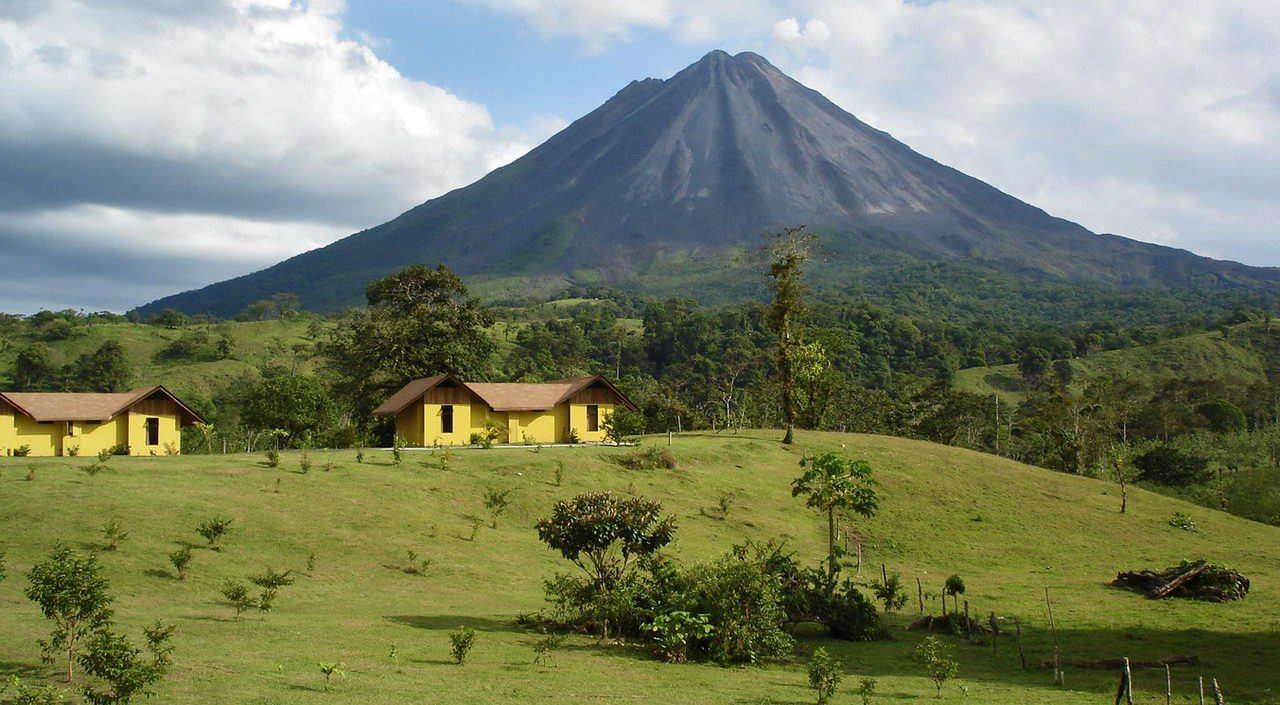
Tabacón Hot Springs
If you hike to Arenal Volcano to witness its looming presence, save time to bathe in the Tabacón's luxurious thermal springs. With its serene flowing waterfalls, tropical foliage, and mineral-rich natural springs, it is no wonder the Tabacón Grand Spa Thermal Resort costs a pretty penny. But its distinguished springs and spa treatments will leave you swooning.
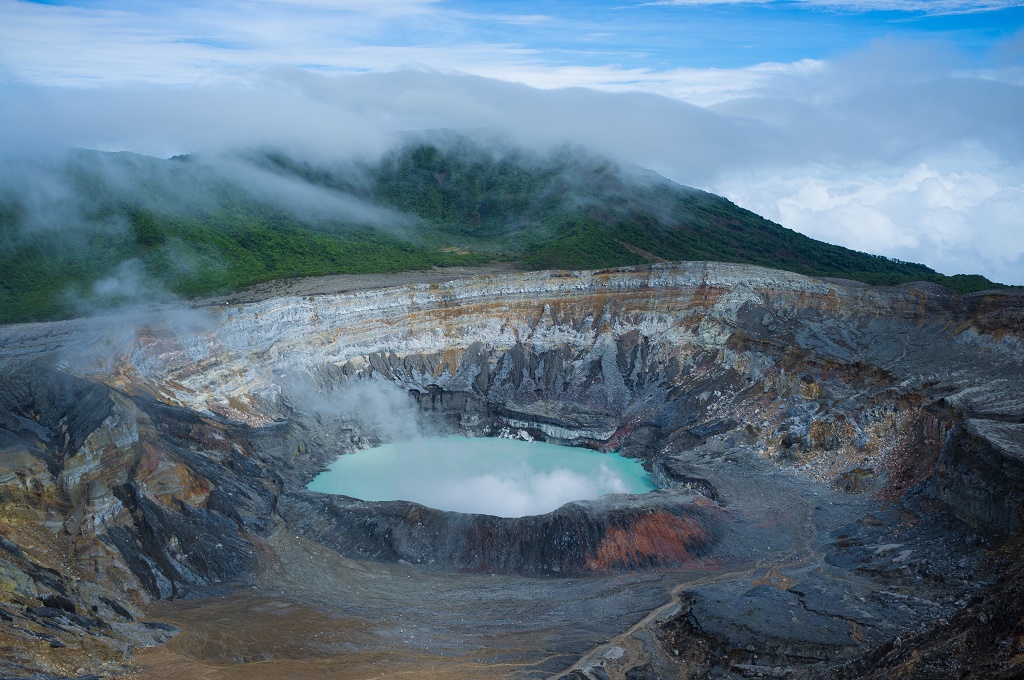
Parque Nacional Manuel Antonio
A place of swaying palms and playful monkeys, sparkling blue water and violent tropical birds, Parque Nacional Manuel Antonio embodies Costa Rica’s postcard charms. It was declared a national park in 1972, preserving it from being bulldozed and razed to make room for a coastal development project. Although Manuel Antonio was enlarged to its present-day size of 16 sq. km in 2000, it is still the country’s smallest national park. Space remains a premium, and as this is one of Central America’s top tourist destinations, you are going to have to break free from the camera-clicking tour groups and actively seek out your own idyllic spot of sand.
That said, Manuel Antonio is absolutely stunning. The park’s clearly marked trail system winds through rainforest-backed tropical beaches and rocky headlands, and the views across the bay to the pristine outer islands are unforgettable, especially with the omnipresent population of iguanas, howlers, capuchins, sloths and squirrel monkeys.
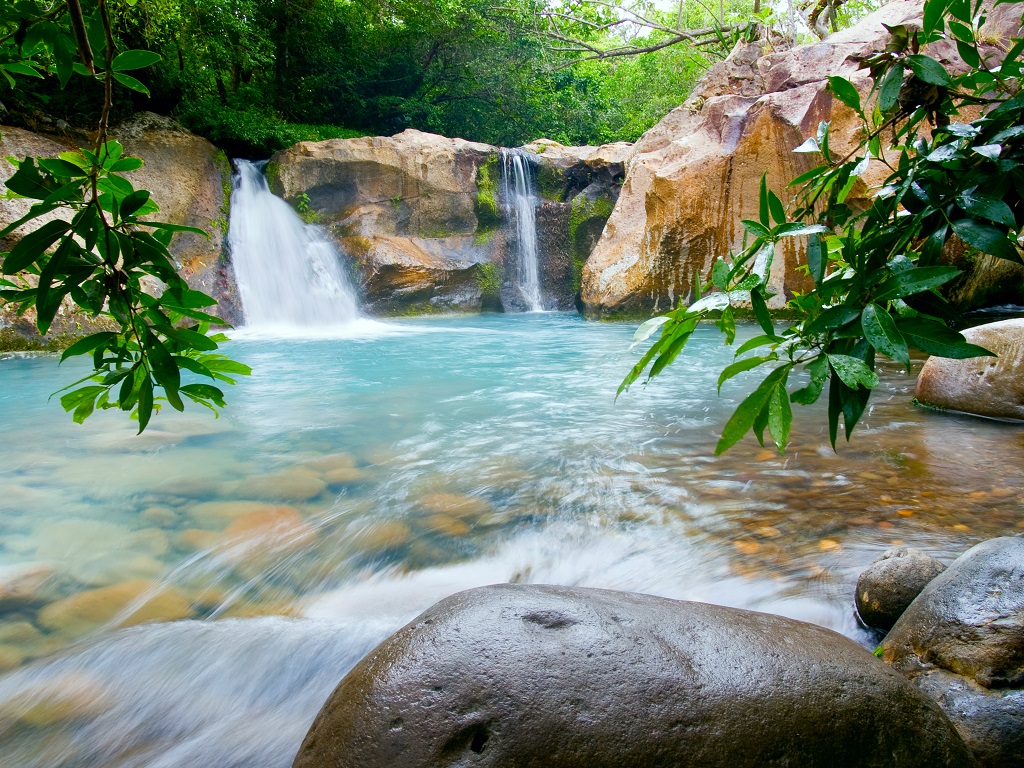
|
Montezuma The warm and wild ocean, and that relic ever-audible jungle, has helped this rocky corner cultivate an inviting, boho vibe. Typical tourist offerings, such as canopy tours, do a brisk trade here, but you will also bump up against Montezuma's internationally inflected beach culture in yoga classes, volunteer corps, festivals, veggie-friendly dining rooms, and neo- Rastas hawking uplifting herbs. |
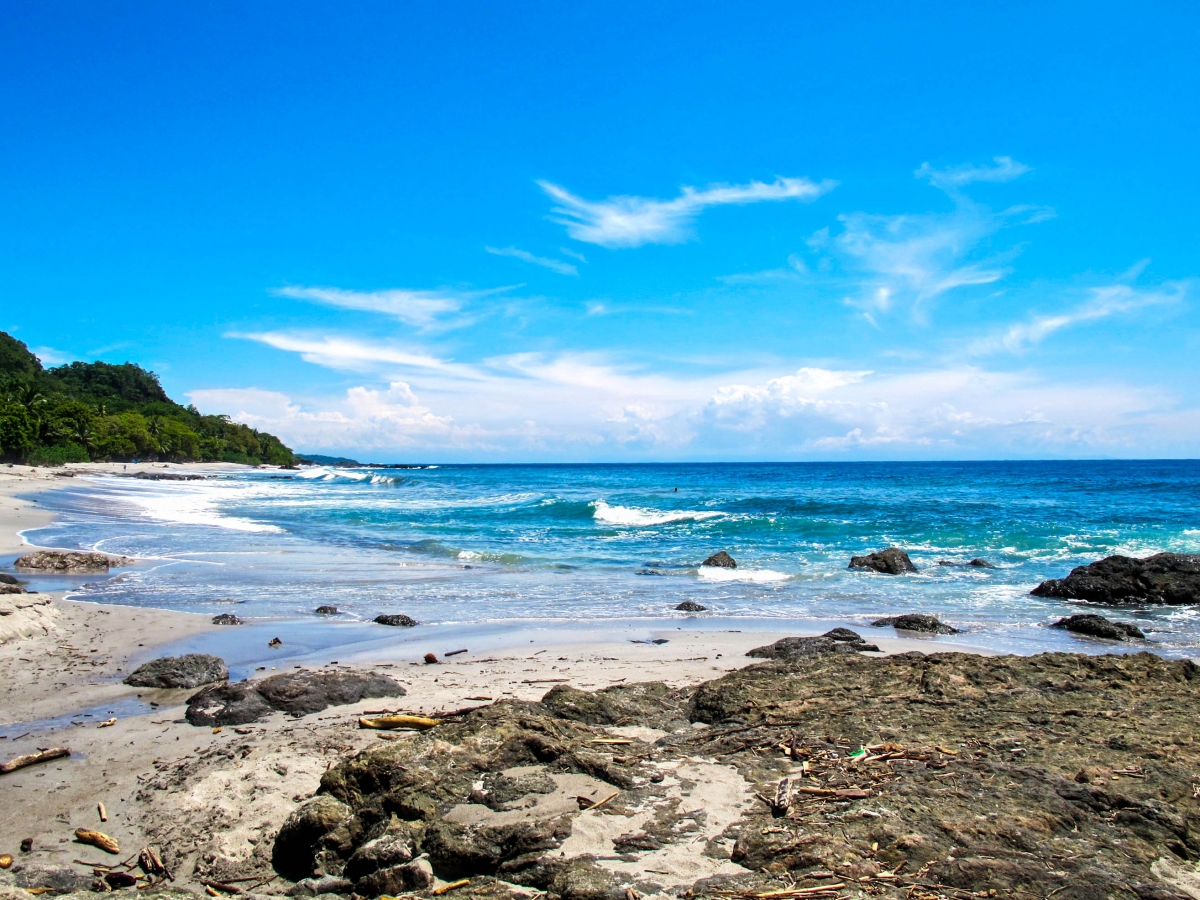 |
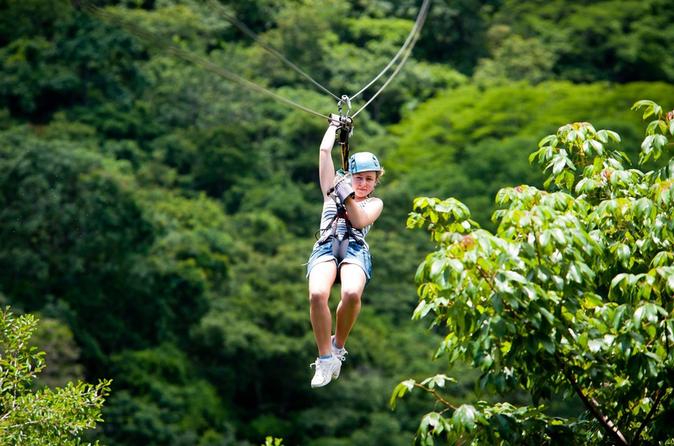 |
Extremo Canopy The newest player on the Monteverde canopy scene, you will fly down the zip lines. There is a Superman canopy ride, allowing you to fly Superman-style through the air; the highest and most adrenaline-addled Tarzan swing in the area; and a bungee jump. One way or another, you will scream. |
Tirimbina Rainforest Reserve
A working environmental research and education center, Tirimbina Reserve has more than 9km of trails, some of which are paved or wood-blocked. There are also several guided tours on offer including birdwatching, frog and bat tours and night walks.
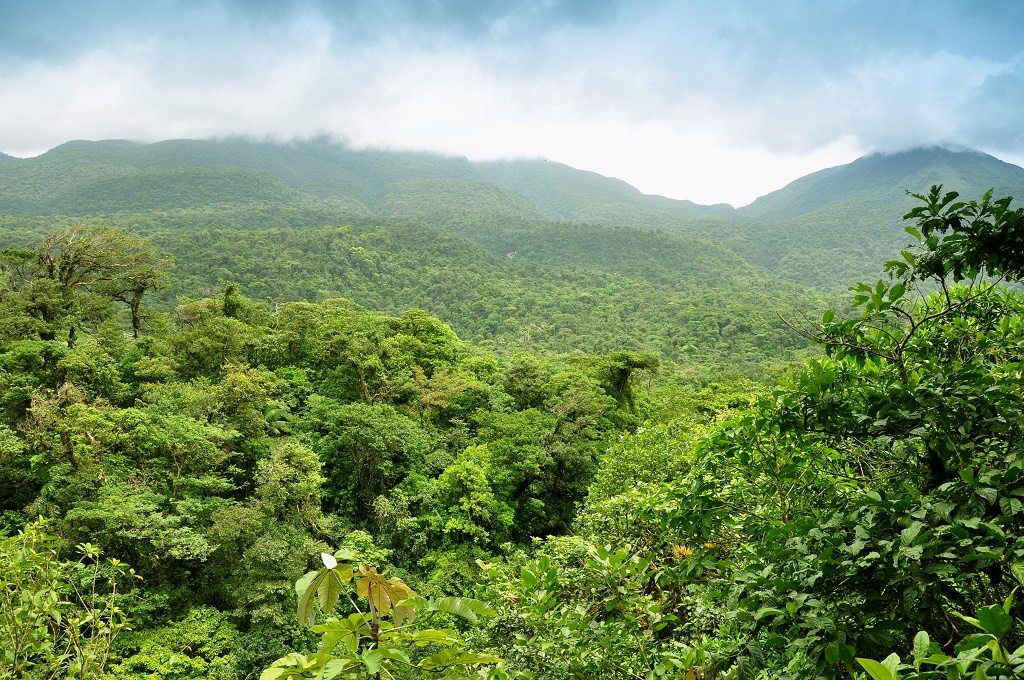
Puerto Viejo De Talamanca
Located on Costa Rica's Caribbean coast, comes alive with music, funky bamboo bars, and a raging nightlife. Nature-lovers embark on inland to explore rainforests; and foodies check out downtown's delectable cuisine. You will also find dusty biking and walking paths running through tropical farms and gardens. Along the coast, you'll discover remote bungalows and empty stretches of sand.
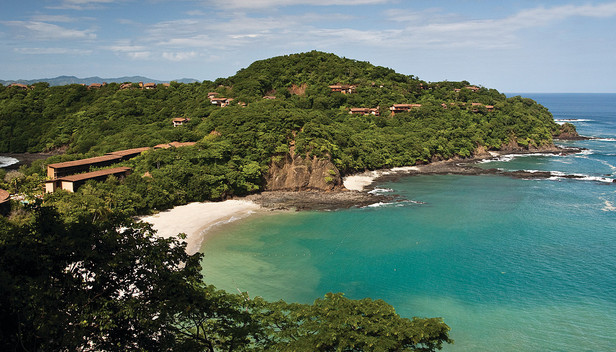 |
Nicoya Peninsula The Nicoya Peninsula's sparkling 80-mile shoreline boasts beach-centric towns with cream- colored shores and dense forests. Nosara Beach's powdery sands line the Nicoya Peninsula's western edge. You will also find fishing and cattle-ranching communities east of the rustic coastline. After a significant rise in tourism that began in the 1970s, an influx of restaurants and hotels has attracted visitors to the peninsula's sandy coast. |
Playa Sámara
Among the country’s most picture-perfect beaches, Sámara is an angelic powder-white sand that lies between gently rolling turquoise seas and a string of trendy restaurants and cafes. An ideal destination for vacationing families in search of a quiet retreat, Sámara is peaceful yet sophisticated.
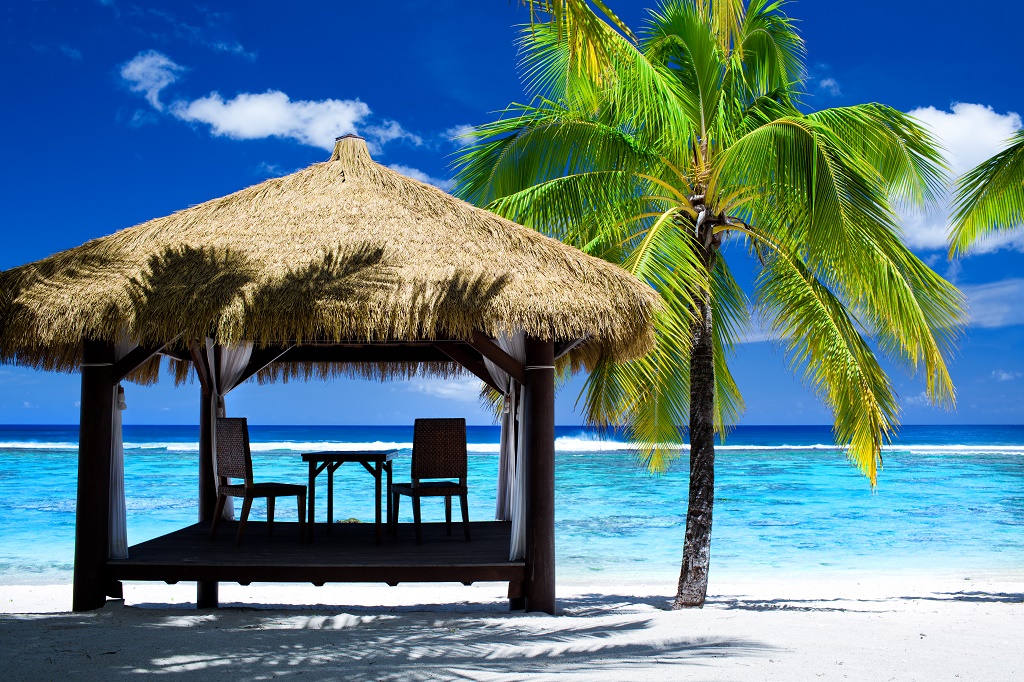
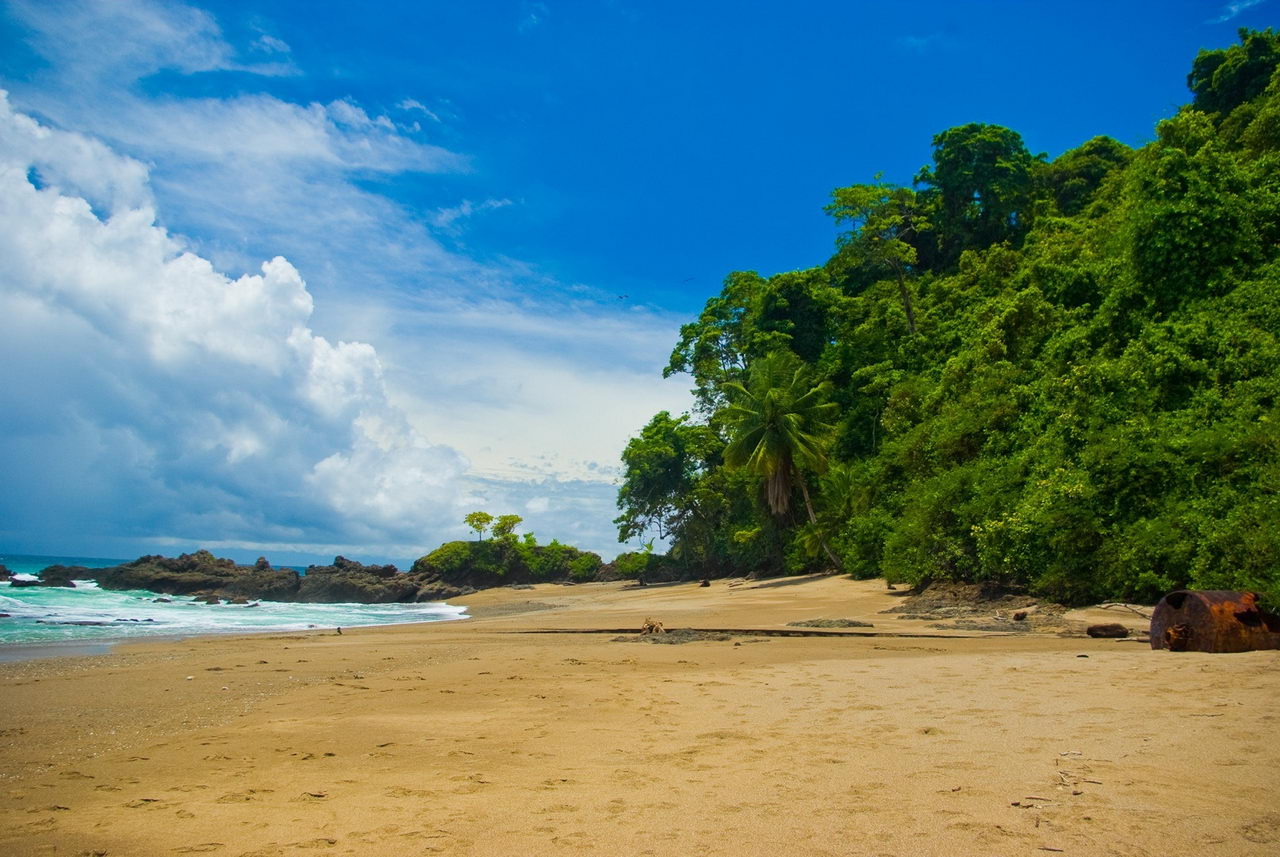 |
Guanacaste Costa Rica's "Gold Coast" is one of the nation's most unique destinations. The region's dry, sunny savannas contrast the misty cloud-covered rainforests found in other parts of the country. To the east, you'll admire volcanoes comprising the Cordillera de Guanacaste. Along the coast, you'll find pockets of white sand flanking hotels and fishing villages. Another must see attraction is the Santa Rosa National Park, a UNESCO World Heritage Site that preserves the site of the 1856 Battle of Santa Rosa. |
Tortuguero
Tortuguero, the Costa Rican version of the Amazon Rainforest, dominates the northern coast. This massive area is a series of rivers and canals that criss-cross the jungle. The biggest draw to this area is the large numbers of turtles (hence the name Tortuguero) that come to nest along the shoreline. The best time to see them nesting visit is in April and May, but even if you come in off-season, Tortuguero still offers few places to go hiking, lots of canal cruises, and lots of wildlife to see.
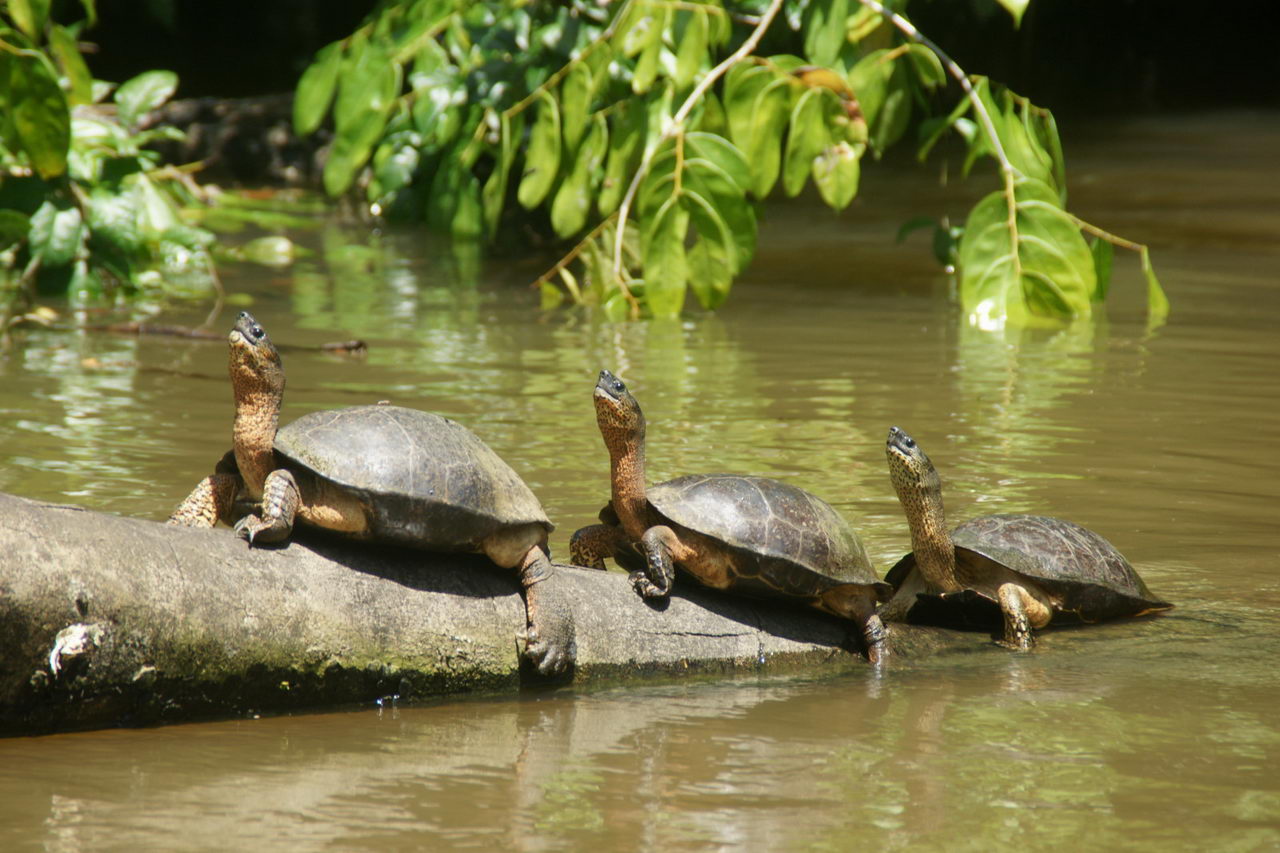
Things you shouldn’t miss in Costa Rica
-
Canopy Tour
-
Wildlife watching snorkeling and diving
-
Bungee Jumping in Costa Rica (For the thrill-seeker, Costa Rica's got at least two different locations to jump off a ledge and become a human yo-yo)
-
Canoeing and Kayaking (Green mangrove estuaries and miles of coastline are ideal for sea kayaking and canoeing)
-
Chocolate Tours: Puerto Viejo and the south Caribbean remains Costa Rica's largest cacao producing regions. Hike through miles of cacao forest or join a tour and taste the different flavors of each farm's chocolate.
-
Caving: Just a few miles from Arenal, the Venado Caverns are an excellent option for beginner spelunkers. Cocos Island Dive Sites Cocos Island is one of the few dive sites on the planet where it is possible to observe a remarkable variety of species inhabiting a single place. At least 32 types of corals, 57 crustaceans, 118 mollusks and 250 fish species occupy these nutrient- rich waters and rocky peaks. Dolphin and Whale watching Humpback whales regularly pass through Costa Rica’s Pacific Ocean between late July and November, and again in December through March as they migrate to and from feeding and mating grounds. The best place to observe these magnificent mammals is in the south Pacific waters off the Osa Peninsula.
-
Enjoying mineral soaks in Hot Springs: Resorts throughout Costa Rica have harnessed the restorative powers of volcanic hot springs, rerouting waters into luxurious facilities. Hot spring retreats boast flourishing grounds, landscaped gardens and pampering day Spas. Arenal features more than ten different hot springs resorts. Each resort offers a different experience; Tabacon has a world famous thermal river, The Springs has thermal water highly concentrated with minerals, Baldi has more than 25 different pools and Ecotermales has hot springs hidden among the rainforest.
Best Cities of Costa Rica
San José
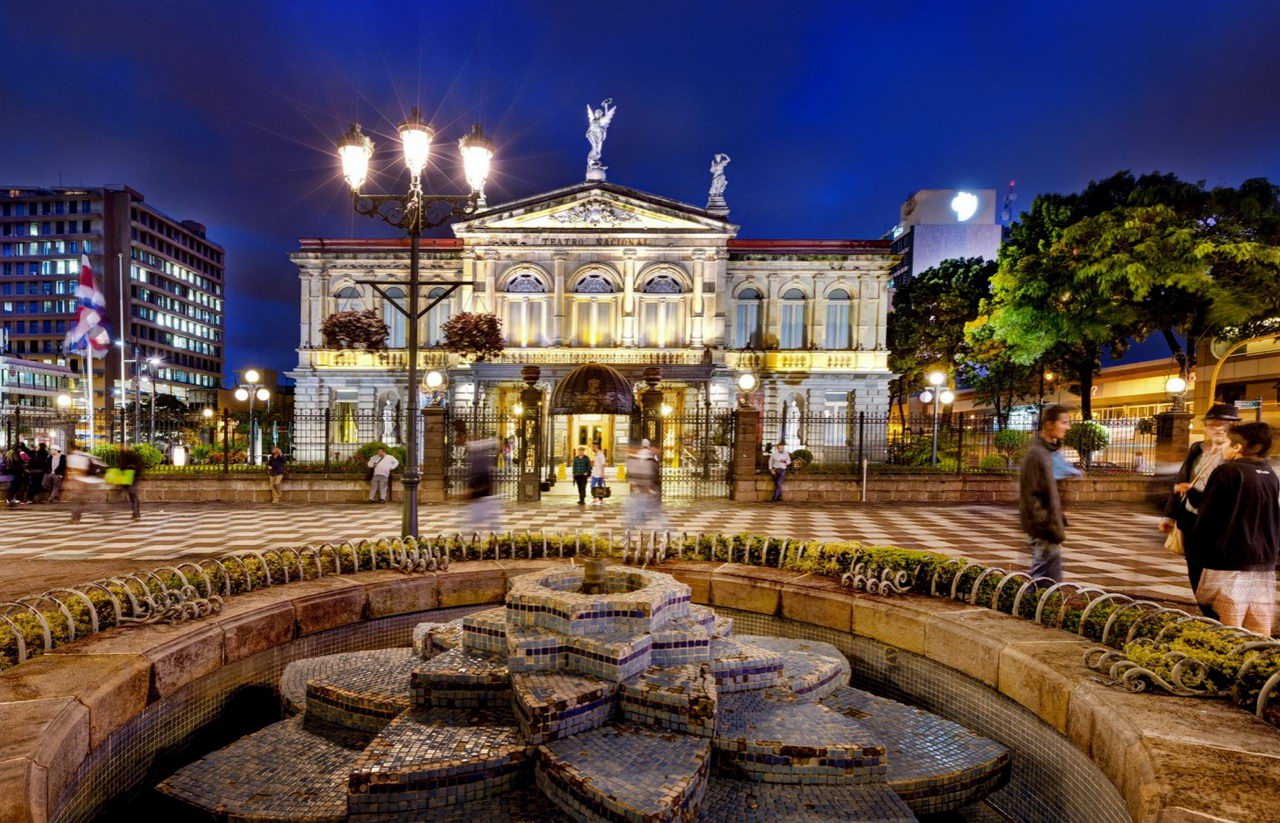
Indeed, San José transitions from a commercial block of department stores, chic cafés, and fast- food establishments to the haphazard residential areas characteristic of Latin America in an instant. While the city is not by any means an ideal place to vacation, San José possess a certain charm, the result of being the nation’s cultural hub. The capital is home to numerous restaurants, museums, parks, and many other forms of diversion that are typical of large population centers. Another attractive characteristic of San José is its temperate weather, which can be quite a relief, particularly during the summer months.
Alajuela

With modern amenities, local charm and a proximity to the international airport, Alajuela is a convenient base for sightseeing in the Central Valley. Although Costa Rica’s second largest city, Alajuela maintains a provincial atmosphere where locals relax on front porches greeting passersby, and mango season incites a lively festival city wide. Boasting a movie theater, mall, internet cafes and plenty of shopping, Alajuela has all the accompaniments of a modern city, but moves at a gentler pace and is easier to navigate than nearby San José.
Heredia

The capital of Heredia Province is the small yet old-fashioned Heredia city, which is just 10 km from Northern San José at the foothills of the extinct Brava Volcano. One of Costa Rica’s most historical cities, Heredia was founded in 1705 and is nicknamed "City of Flowers", due to the many beautiful gardens and wonderful flora found around here. Located in central Costa Rica amidst vast coffee plantations and lush greenery, Heredia is the ideal place to visit for a family holiday.
Escazú
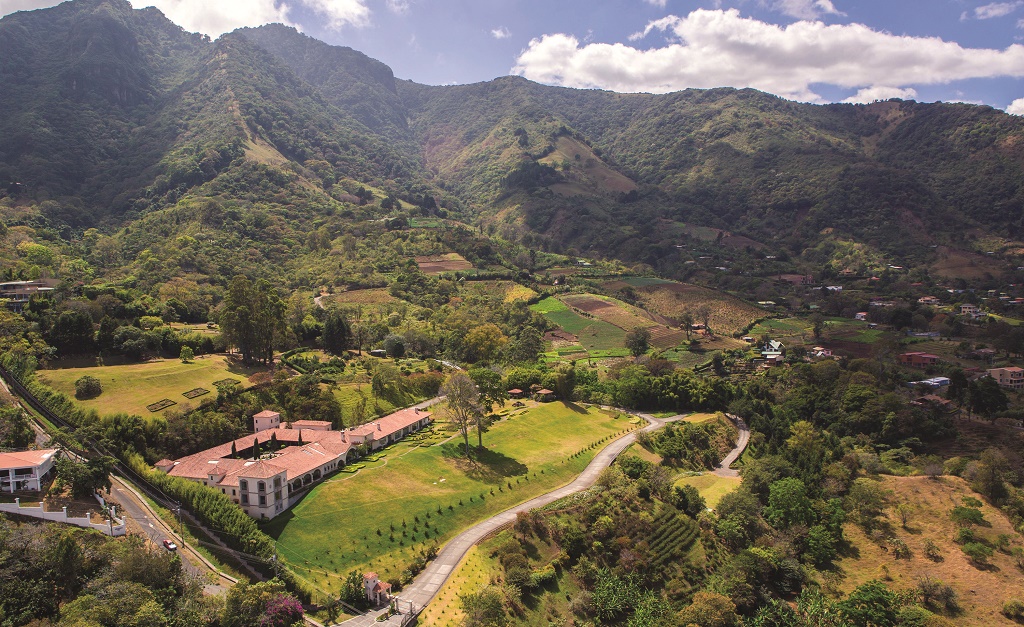
In town there are a wide variety of little shops, boutiques, cafés and restaurants to keep your shopping bags full and your taste buds dancing. If that’s not enough, the country’s largest shopping center, Multiplaza, is located just five minutes away from San Rafael de Escazú. This is where you can check out the latest fashion, watch a movie, or just walk around the enormous commercial center. Weekends attract locals from all over and pack the huge two-story mall. Escazú is situated along the slopes of Cerro Escazú and is divided into three neighborhoods. The lowest in elevation and closest to San José is San Rafael de Escazú. This is definitely the trendiest, developed section of the city. High rising condos and fancy restaurants line sections of town, especially close to the country club.
Puntarenas
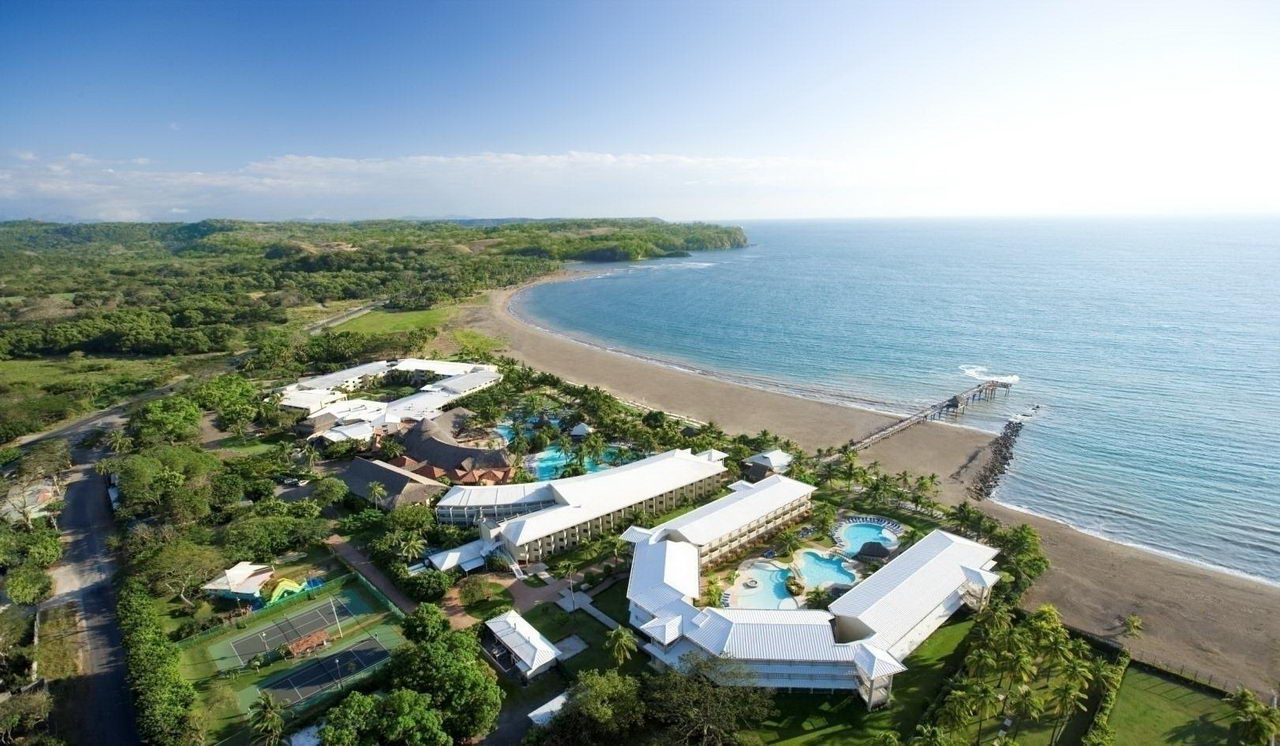
Located in Costa Rica’s largest province Puntarenas, Puntarenas city is the largest city in the Central Pacific. Some 120 kilometers west of the capital San José, Puntarenas means ‘sandy point’ in Spanish, and used to be one of the country’s principal seaports. Situated in the Gulf of Nicoya, Puntarenas has played a huge role in the history of Costa Rica. This city by the sea attracts thousands of tourists yearly, mainly because Puntarenas is frequently used as a central point when exploring the many beautiful beaches and islands in the surrounding areas, such as Playa Naranjo, San Lucas, Cedros and Jesuita. Many national parks and nature reserves are also close at hand, like the Monteverde Cloud Forest Reserve, the Santa Elena Forest Reserve, the Cabo Blanco Reserve, the Parque Nacional Corcovado, Parque Nacional Carara and the Parque Nacional Manuel Antonio.
Culture packages
Entering this website you automatically agree the following terms and conditions even if You are not a registered user of the site. Images shown on the website, country and travel specifications, as well as the webdesignes are subject to copyright protection, Elegant Enterprises are All rights reserved. Prohibited the website all or partial copy, store, use, distribution and sale, without the written consent of the copyright owner of this website (Elegant Enterprises)